Improving website lead generation
- Conduct a website audit
- Track and survey your site visitor
- Optimize your top-performing pages
- Use software to create stunning forms
While the saying “If you build it, they will come” applies to some scenarios, building a website isn’t one of them. Lead generation is complicated, strategic, and downright frustrating, no matter what you’re selling or who you’re selling to.
But since lead generation is necessary to grow and scale your business, it’s important to know how to do it effectively.
The basics of website lead generation
At its core, website lead generation is the online version of the elevator pitch. It’s the art of making your site pages so enticing — maybe through a blog post call to action (CTA) or free e-book offer — that the website visitor can’t help but click for more details. Once they do, the CTA then leads them to a landing page with a form to collect their contact information.
Website lead generation is primarily measured in four ways:
- How many leads were generated in your time frame of choice — i.e., daily, weekly, biweekly
- How many converted from leads to customers
- How quickly they converted
- How profitable they are (high-quality vs low-quality leads)
The importance of website lead generation
Regardless of your specific lead generation goal — whether you’re trying to generate leads faster or attract better, more valuable ones — leads are necessary for profitability. Without leads, there are no conversions. And without conversions, there’s no money or growth.
Fortunately, there are some simple, cost-effective tips and tricks you can implement in your marketing strategy to boost website lead generation.
4 ways to improve lead generation
Here are four ways you can optimize your website to attract leads.
1. Conduct a website audit
Proper planning improves your chances of success. It provides a visual roadmap of what, when, why, and how you’d like to achieve your goals. As you create a strategy for more higher quality website leads, start with a website audit:
- Does your website speak to the entire buyer journey — from awareness to post sale? Or are the pages primarily focused on top-of-funnel efforts?
- Which pages are best positioned to convert leads, and how can you capitalize on those pages?
- Where would you like traffic to go page by page to move leads down the funnel? And how do you get them to do that?
- Is your brand style and messaging clear and consistent across your website? Is it friendly and welcoming or riddled with technical jargon?
With a quick website audit, you’ll have a better understanding of how your site drives traffic and where you can make improvements.
2. Track and survey your site visitors
Once you start optimizing your website for better lead generation — and even as you’re conducting your website audit — keep your target audience top of mind. How do you envision them interacting with your site? After the homepage, which page would you like them to go to next as they check out your products and services?
To effectively do this exercise, it’s best to include a few people within your organization. You can also introduce some type of tracking software. This way, you can see exactly what your website visitors are doing in real time — which page they navigate to after the homepage, how long they’re on each page, and which page is your top performer — and capitalize on those metrics.
One of the best ways to learn what your prospects and customers are thinking is to ask them. Send existing customers a website satisfaction survey and place one on your website for prospective customers to complete, perhaps with an attached incentive. By asking customers to conduct a website review, you’ll start to see where you hooked them or almost lost them.
3. Optimize your top-performing pages
As you start to track and measure website traffic, you’ll begin to receive valuable, actionable data regarding next steps. Is your website traffic primarily coming through your customer service live chat or social media platforms? Or perhaps your compelling blog page is keeping visitors on your site longer.
Once you know where your website leads are coming from, you can more easily keep them on your website for increased engagement and, ideally, conversion. Here’s how:
- Don’t be overly promotional. Provide value to your customer with relevant, educational content and powerful visuals instead of focusing solely on product-driven material.
- Modernize your site. How can you expect your customers to care about your products and services if your website is antiquated and slow to load? The easier it is to navigate, the more likely they are to stay, browse, and buy. And keep your website updated. There’s nothing worse than expired, inaccessible flash sales or webinars.
- Work backwards. While brand awareness is vital to lead generation, so, too, are a quick, seamless checkout page and powerful CTAs. By prioritizing leads at the bottom and middle of the funnel who are close to conversion — and analyzing your site through their eyes — you can make improvements that will enhance the entire buyer experience.
4. Use software to create stunning forms
This is it. All your website audits, site traffic metrics, and customer surveys have led you to this point — building and embedding a form into your website that will drive quality sales.
Luckily, software like online form builder Jotform has all the tools you need to create an effective form, thanks to its extensive library of premade lead generation forms, drag-and-drop functionality, and customizable CTA buttons.
Jotform is robust, easy to use, and completely code free. What’s more, once your website leads start pouring in, you can even track and manage them in Jotform — keeping both your prospective and existing customers together on one platform.
When creating your lead generation form, here are things to keep in mind:
- Keep it short and sweet. The fewer fields people have to fill out, the better.
- Place it on the homepage for ultimate visibility.
- Make it pop with on-brand imagery and messaging.
- Include a compelling CTA button that offers some type of incentive — “Try us for free” or “Claim your 15% discount” — to entice your prospect to click.
Without leads — especially high-quality leads — you can’t grow and scale your business. They’re essential to making deals and money. But now that you know what to look for as you audit and optimize your website, you can use these four tips to improve your website lead generation.
Photo by Vlada Karpovich





























































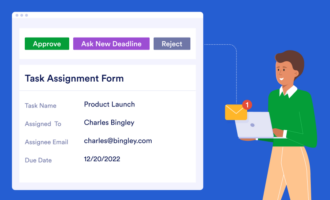






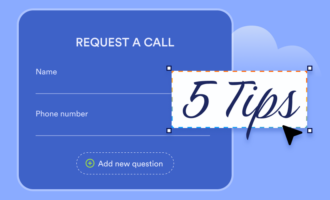

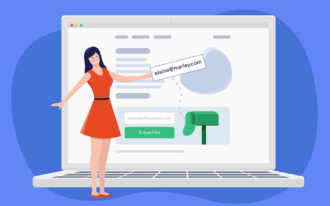










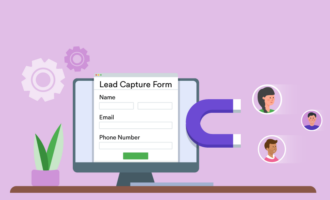





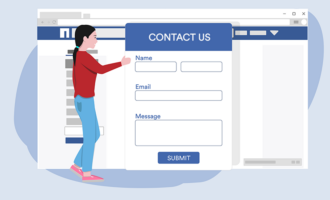







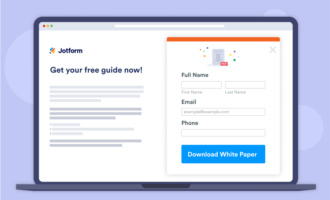



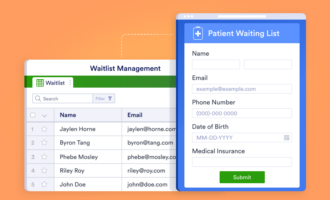





Send Comment: